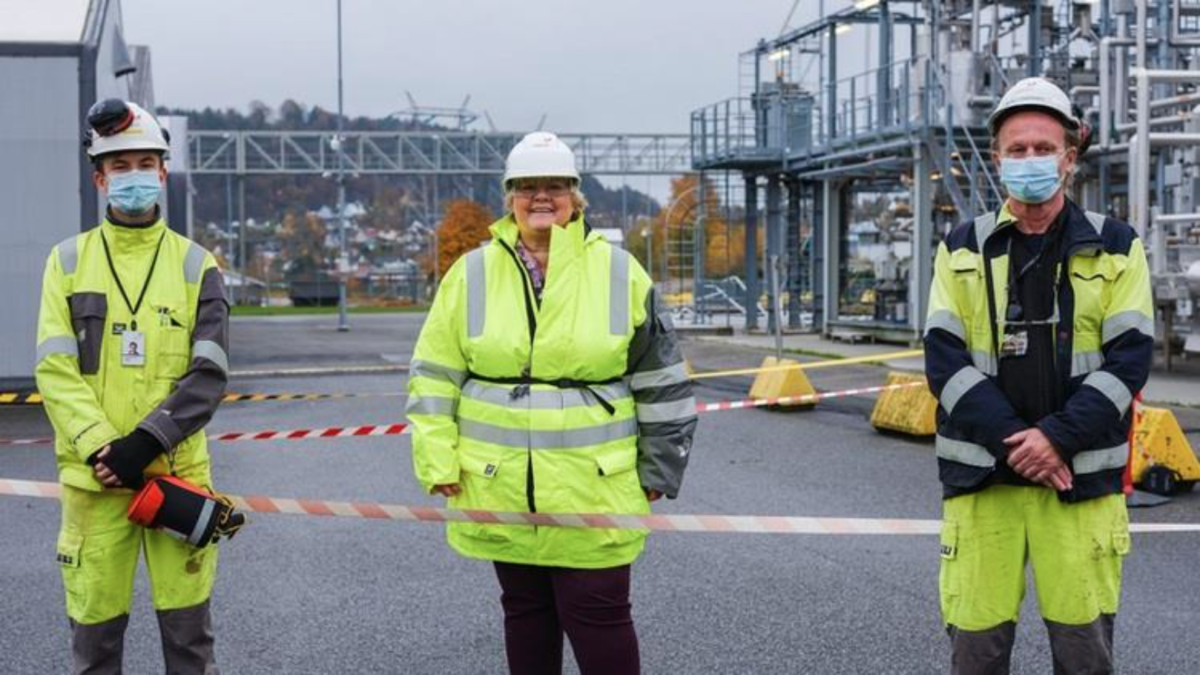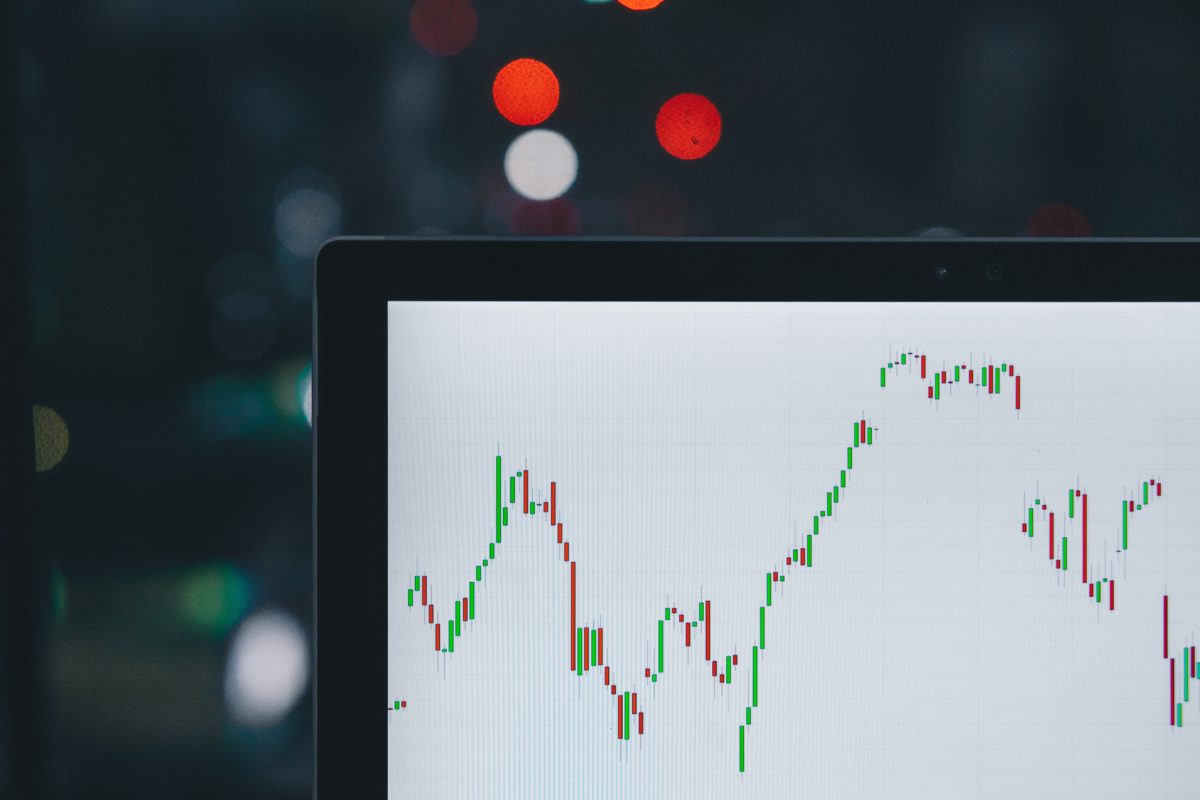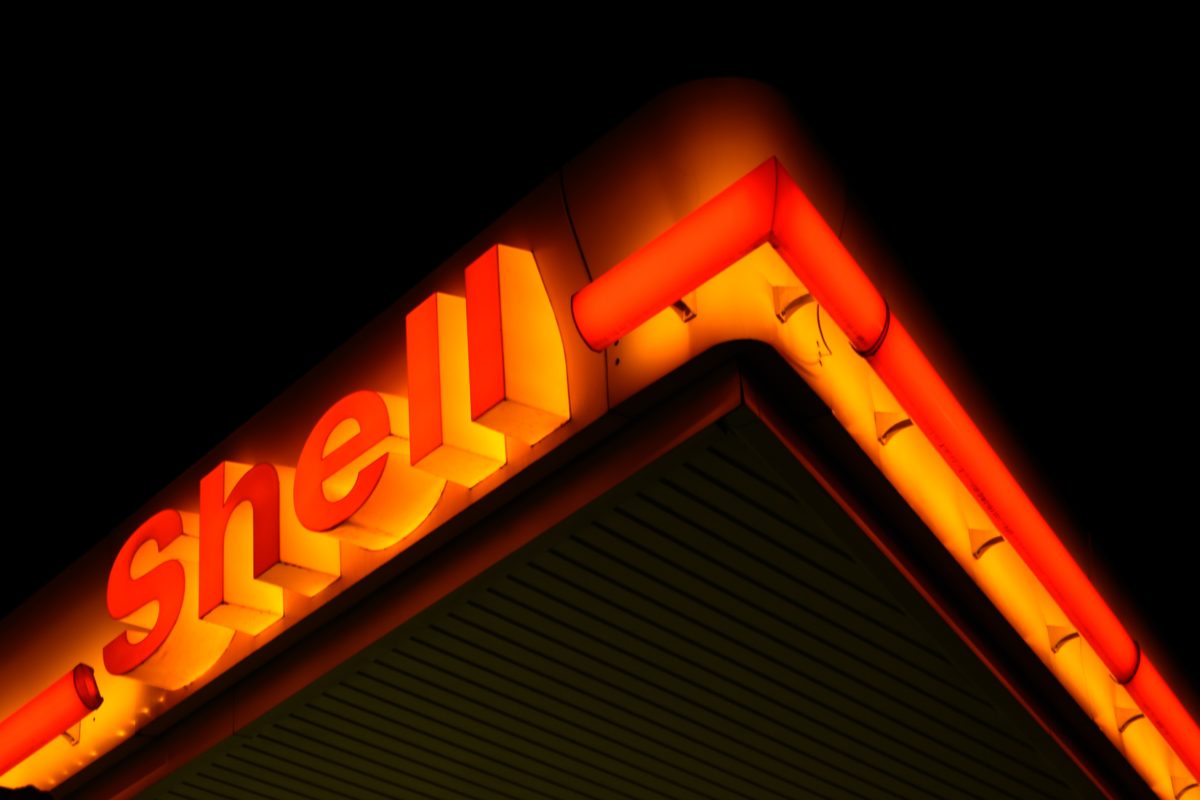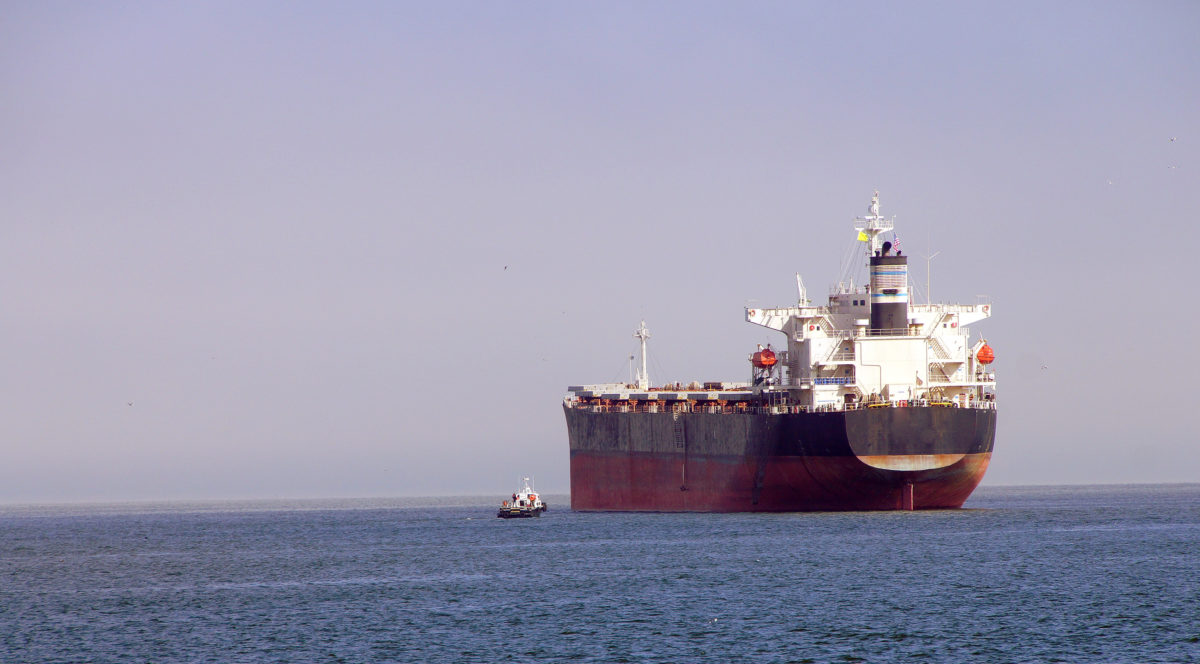Category: Uncategorized
Insights Global Consultancy General Terms & Conditions
PJK General Terms & Conditions
Independent ARA Product Stocks Hit Four-Month Low (Week 14 – 2021)
April 8, 2021 — Independently-held inventories of oil products in the Amsterdam-Rotterdam-Antwerp (ARA) trading and storage hub have hit their lowest weekly level since early December.
Total stocks fell over the past week, according to the latest data from consultancy Insights Global. This is the lowest recorded since the week to 4 December. Stringent controls on the movement of people across Europe have reduced regional transport fuel demand, creating arbitrage opportunities for buyers elsewhere.
Inventories of gasoil, fuel oil, gasoline and naphtha all fell on the week, with the heaviest fall recorded on fuel oil stocks. A mix of Aframax and Suezmax tankers carrying fuel oil departed ARA for the Caribbean, the Mediterranean and Saudi Arabia, as well as Egypt’s Port Said for orders. Fuel oil cargoes arrived in the ARA area from Estonia, France, Germany, Poland and the UK.
Gasoline stocks fell, with cargoes departing ARA for Canada, the Mediterranean, Kenya, Puerto Rico, west Africa and the US. Some winter-grade gasoline also departed for Argentina. Barge flows out of the ARA area along the river Rhine were also high, supported by demand from eastern France and upper Rhine destinations. German refiner Miro’s, Karlsruhe refinery was taken offline for maintenance during February, bolstering demand for transport fuel barges from the ARA area in southwest Germany. That demand is likely to ease in the coming weeks as the refinery is now in the process of restarting. Gasoline tankers arrived in ARA from northern Germany, Finland, Russia, Spain, the UK and Ireland over the past week.
Gasoil stocks ticked down, weighed down by a rise in barge outflows to destinations along the river Rhine. Cold weather around Europe over the last week likely stimulated some additional demand for heating oil. Flows of diesel to west Africa rose on the week, and tankers also left for France and the UK. Gasoil cargoes arrived from Russia and Saudi Arabia.
Naphtha inventories fell by on the week, the lowest level recorded since February 2020. The stock draw was the result of a rise in demand from northwest European gasoline blenders working to produce export cargoes, as well as a rise in flows to inland Rhine destinations. Relatively small naphtha cargoes arrived from Finland, Norway and Russia.
Having reached their lowest level since early December the previous week, ARA jet fuel stocks bucked the trend, supported by the arrival of a cargo from Bahrain.
Reporter: Thomas Warner
Saudi Arabia Expected To Increase Oil Prices To Asia
Refiners in Asia expect the world’s largest oil exporter, Saudi Arabia, to raise the official selling prices for its crude oil going to Asia in January due to stronger winter demand, according to a Reuters survey.
Several major refiners in Asia, the top importing crude oil market, have recently increased spot purchases of crude oil to meet stronger demand as consumption is recovering from the lows seen earlier this year and as winter in the northern hemisphere approaches.
According to the Reuters survey of six refiners in Asia, the buyers of crude expect Saudi Arabia to lift the price of its flagship Arab Light crude grade in January by $0.65 a barrel on average. Forecasts ranged from expected increases of between $0.50 and $0.85 per barrel.
Saudi Arabia typically announces the official selling prices (OSPs) for its crude oil to all regions for the following month around the fifth of each month.
The pricing of Saudi crude oil generally sets the trend for the pricing for Asia of other Gulf oil producers such as the United Arab Emirates (UAE), Kuwait, Iraq, and Iran. The pricing of Saudi Aramco affects as much as 12 million barrels per day (bpd) of Middle Eastern crude grades going to Asia.
Setting the prices for December earlier this month, Saudi Arabia reduced its OSP for its flagship Arab Light crude grade to its key market Asia as the Saudis appeared unconvinced that near-term demand had much room to grow.
The cut in Saudi prices was in line with Asian refiners’ expectations, who had said in a Reuters survey that they expected either a small cut in prices or flat prices for December compared to November because of weakening refining margins and weakening Dubai benchmark prices.
Over the past month, the Dubai and Oman benchmark prices have strengthened amid stronger demand for spot cargoes, according to data compiled by Reuters.
Is This The World’s Next Major Driver Of Oil Demand?
The energy industry has been plagued by the sharp and deep drop in oil demand for months, and the outlook does not look too good either—with or without vaccines. Traditionally, China has been the one bright spot on the global map as the large consumer that is always thirsty for crude. Now, there appears to be another driver of hope for oil demand: Brazil. The biggest country in South America has been one of the most severely affected by the coronavirus pandemic, but unlike other places that suffered mass infections, this has not harmed fuel consumption.
On the contrary, Bloomberg reports Brazil’s fuel consumption this year has been higher than it was in 2019 and is seen growing further next year driven by strong demand from the agricultural sector, which just finished planting a record amount of corn and soybeans, and from road traffic.
“The rebound in fuel demand was a big surprise,” Paula Jara, an analyst at energy consultancy Wood Mackenzie told Bloomberg in an interview. “When you come to think about it, Petrobras is arguably a unique case worldwide because they were able to raise fuel-making pretty quickly.”
In October, according to Bloomberg, Petrobras processed 1.85 million barrels of oil daily, up by a robust 17 percent on a year earlier, in response to the higher demand. The state major is now even facing a shortage of gasoline in the northeast that it needs to address amid a seasonal demand surge, Argus Media reported in late November.
The increase in demand in the final weeks of the year is coming on the back of eased movement restrictions amid the pandemic and, of course, the holiday season when many will travel to be with their families. Meanwhile, the chances for restrictions to be reimposed are slim, meaning there is little to challenge the surge in demand.
As for traffic patterns, Brazil is demonstrating what many theorized the pandemic would do to people’s driving habits: trips to offices and college campuses have declined as they have elsewhere, but driving for other purposes, such as grocery shopping, has increased. Also, longer journeys out of town have also increased in Brazil, according to the Bloomberg report, driving demand for fuel higher.
In this context—and with demand expected to continue strong—it is no wonder that Petrobras has shown no particular interest in joining the energy transition rush we see in Europe and, to a lesser extent, the United States.
“We are not facing an identity crisis. We are an oil company,” the chief strategy officer of the Brazilian state major told the Financial Times in a recent interview. “The demand will not disappear, and we don’t see other technology able to replace fossil fuels on a large scale [soon],” Rafael Chaves Santos added.
According to BP’s 2019 Energy Outlook, energy demand in Brazil is set for annual growth far exceeding the global total: 2.2 percent versus 1.2 percent in global annual growth. Although the supermajor forecast that the share of renewables will grow strongly in the country’s energy mix, it also noted that oil production will also continue to expand strongly, with Brazil accounting for close to a quarter of the total global increase in production by 2040.
The chief executive of Petrobras recently referred to the renewables rush among other oil companies as a fad, questioning the plausibility of Big Oil’s pledges to become net-zero companies by 2050.
“That’s like a fad, to make promises for 2050. It’s like a magical year,” Roberto Castello Blanco told Bloomberg, adding, “On this side of the Atlantic we have a different view of climate change.”
This does not mean that Petrobras has no emissions-cutting plans. It does, aiming at a 25-percent reduction by 2030. But at the same time, the company is not embarrassed about its core business and is planning an expansion of production while others curb theirs. Based on the demand outlook, the Brazilian major is not wrong.
Norway’s Prime Minister Erna Solberg opens the world’s largest test facility for CO2 transport
Oil & Gas 360 Publishers Note: This is an excellent example from Equinor and Norway on the oil & gas market working to accelerate efforts to capture CO2.
On 30 October Prime Minister Erna Solberg opened the world’s largest CO2 transport test facility at Equinor in Porsgrunn.
The test facility transports CO2 in pipelines, both in gas and liquid form. The objective is to learn more about how CO2 behaves during pipeline transport, which is important knowledge in order to scale up CO2 transport and storage in the future.
The work you do here is an important contribution to the government’s strategy for carbon capture and storage,’ Prime minister Erna Solberg said when she officially opened the test facility.
Equinor has transported CO2 from the Sleipner field in the North Sea since 1996 and from the Snøhvit facility in Hammerfest since 2009, both are projects which have provided Equinor with important information about CO2 transport. In these projects, the CO2 is transported in gas and liquid form, respectively.
Now Equinor and its partners Total, Gassnova and Gassco have modified the facility to make it possible to study transport of CO2 as gas and liquid, simultaneously. This could yield knowledge that is important for determining where a pipeline route could be laid, and which reservoirs could be utilised. Testing and research can improve operation of the CO2 transport and storage project Northern Lights and can also reduce the costs associated with this new industry in the future.
The test facility was built in 1997. It has been used to test the transport of various combinations of oil, gas and water in the same pipeline, so-called multiphase transport. That’s why the facility is called the Multiphase rig. A total of more than one billion Norwegian kroner has been invested in the test facility, including construction and adaptations during the operations period. The facility is the very heart of Equinor’s research centre in Porsgrunn.
The price tag for the modification work was seven million kroner. The test facility has pipes that run in a 200-metre line, and it is the world’s largest test facility for CO2 transport.
‘This shows how infrastructure and competence from the oil and gas industry can be used to accelerate efforts to capture CO2 and store it in reservoir. This is an opportunity to create a new industry in Norway’, says Sophie Hildebrand, Chief Technology Officer in Equinor.
The plan is initially to use the test facility for two different CO2 transport tests, both tests of multiphase transport and testing of measuring instruments. According to the plan, these tests will be under way until the spring of 2021. After that, the test facility will be used to test the transport of both oil, gas and CO2, depending on where the needs are greatest.
Oil & Gas 360º Publisher Note, Editor: Stu Turley, November 30
Top oil trader Vitol says Europe lockdowns mere ‘speed bump’
The world’s largest independent oil trader doubts that new coronavirus lockdowns in Europe will lead to another significant drop in crude prices following last week’s rout.
“This is a speed bump,” Mike Muller, the head of Asia for Vitol Group, said in an interview Sunday with Dubai-based consultant Gulf Intelligence. “We are not going to see a violent reaction in price on Monday.”
Benchmark Brent crude fell 10% in the five days through Friday to $37.46 a barrel, its lowest since May, as daily Covid-19 cases hit a record in the U.S. and nations including France and Germany announced new lockdowns. The U.K. followed suit on Saturday.
While energy demand in Europe is being hit, global oil inventories fell at a rate of around 2 million barrels a day in September and October and that trend will probably continue, according to Muller.
“We are seeing demand destruction unexpectedly from these lockdown measures — hundreds of thousands of barrels-per-day-equivalent for Europe alone,” he said. “But the bigger, overriding picture is still that the world is in a stock-drawing mode.”
Last year, daily oil consumption in Europe totaled 14.9 million barrels, according to data from BP Plc. Demand was 1.5 million barrels a day in France and 2.3 million in Germany.
OPEC+ — an alliance of the Organization of Petroleum Exporting Countries and other producers such as Russia — has helped bolster prices since it agreed to output cuts in April. The group was meant to ease those curbs by 2 million barrels a day in January, but it may be forced into a delay given oil’s renewed weakness.
Bloomberg, Editor: Nadine Daher, November 30
Shell Mulls closure of some oil refineries if it can’t sell them; convent on the list
The Shell oil refinery in Convent is up for sale but could face closure if the company doesn’t find a buyer as it consolidates its refinery portfolio from 14 sites to only six by 2025.
Shell warned local officials several months ago that it was testing the market for the potential sale of the Convent site, located between Baton Rouge and New Orleans, and its associated facilities.
“We’ve had success (with asset sales) in the past in difficult markets. If it’s not possible, we’ll consider closing and shutting down,” Chief Financial Officer Jessica Uhl said during a conference call with analysts and investors.
The company does expect to keep “refinery capacity in the key markets tied to our chemical business,” she said.
Shell plans to consolidate its assets into six energy and chemical parks, which includes the Norco site near New Orleans. Other sites are in Deer Park, Texas; The Netherlands; Singapore; Germany; and Canada. The new petrochemical parks are expected to be located near existing complexes, such as Shell’s Geismar site in Ascension Parish.
The goal is for the refineries to be more integrated with the chemical complexes and produce more biofuels, hydrogen and synthetic fuels, executives told investors.
Other refineries under review for potential sale or closure include Puget Sound, Washington, and Mobile, Alabama, along with ones in Canada and Denmark.
The Convent refinery sits on 4,400 acres that straddles Ascension and St. James parishes and can process 240,000 barrels of crude oil per day. It employs 700 Shell workers and 400 contract workers. The processing equipment connected to the plant is located in St. James Parish and occupies about 900 acres.
Shell’s subsidiary, Equilon Enterprises LLC, has $1.18 billion in total taxable value in St. James Parish and paid $18.8 million for the refinery in 2019, tax assessor records show.
The refinery produces various grades of gasoline; jet fuel; diesel fuel and heating oil; propane and butane for residential and industrial use; and oil for tankers, power generation and vehicles.
The facility has access to multiple major crude oil and product pipelines, which ship gasoline, diesel, kerosene and jet fuel. The site’s location on the Mississippi River allows shipping and receiving petroleum products aboard ocean-going vessels. The refinery uses two docks along 6,000 feet of Mississippi River access.
The Convent refinery began operations in 1967 as a Texaco refinery. In 1998, a joint venture was formed between Texaco, Saudi Refining and Shell Oil Co. under the name Motiva. In 2001, Texaco was purchased by Chevron and its interest in Motiva was sold to Shell Oil and Saudi Refining Inc. in 2002. A separation of the joint venture between Royal Dutch Shell and Saudi Aramco in 2017 resulted in the Convent refinery being fully owned and operated by Royal Dutch Shell.
The Advocate, Editor: Kristen Mosbrucker, November 30
Iraq’s latest attempt to corner Asian oil markets
Every new crisis is a formidable opportunity to try new things, oftentimes merely to have another go with methods that have failed in the past but should work better now.
Cognizant of the pricing developments in the Asian market, the Iraqi state oil marketing company SOMO has announced that from 2021 onwards it would introduce a new medium sour grade to its set of available grades – Basrah Medium. The concept of Basrah Medium is by no means a complete novelty, it has been mooted for more than 2 years already as a necessary step to mitigate the quality deterioration of Iraq’s flagship export blend, Basrah Light. Next year, however, might be the long-awaited year of breakthrough for Basrah Medium.
Taking a helicopter view of the Iraqi oil export, SOMO’s current grade allocation is quite new when compared to other Middle Eastern NOCs. In the beginning was the word, and the word was Basrah – short and straightforward.
Iraq also had a second export stream in Kirkuk that was predominantly shipped to the Turkish port of Ceyhan and from thereon taken to buyers in the Mediterranean and elsewhere. However, as the US-led military invasion has upended Iraq’s internal standing order, SOMO has found itself between the rock and a hard place in trying to keep its quality commitments. Basrah Light initially started out as a much lighter crude that it currently is – hence its peg to 34 degrees API.
The thing is that the crude production ramp-up from 2010 onwards has altered the quality parameters of Basrah crude, primarily due to the face that all new major fields to be commissioned were really heavy (West Qurna-2 at 23 API or Halfaya at 22-23 API).
The worsening of what is now Basrah Light has compelled Iraqi authorities to create a new crude stream in 2015, Basrah Heavy, easing the quality pressure on Basrah Light. From the start Basrah Heavy had its own resource base – the blend is predominantly composed of crude from 3 supergiant fields (West Qurna-2, Gharraf and Halfaya) – however it lacked a predictable outlet base as many Asian downstream firms were still yet to finalize their expensive refinery reconfigurations that would have allowed to refine challenging crudes, such as Basrah Heavy.
For much of the past 5 years Basrah Heavy was heavily discounted to regional benchmarks in Europe and Middle East. When Basrah Heavy was introduced for the first time in May 2015, its official selling price for Asian deliveries was set at $-6.85 per barrel to Oman/Dubai, whilst the European OSP stood at $-8.45 per barrel to Dated Brent.
Over the years both the better-quality Basrah Light and Basrah Heavy witnessed their market differentials appreciate and the OPEC+ production cuts were of special importance along the way.
Such a positive development was partially counteracted by the unbeseeming quality of Basrah Light and Basrah Heavy – the latter has slid down into the 28-29° API interval (i.e. roughly losing 2 per barrel on the quality mismatch between the contractual quality and the real one), whilst the former was sporadically worsened by a recurrent practice of dumping remaining fuel oil volumes into the general export stream.
Coming back to the concept of Basrah Medium, availability of crude, to use the words of Iraqi energy authorities, was never an issue, as opposed to the availability of storage and blending capacities. Then-Iraqi oil minister Thamir al-Ghadhban claimed last year that the launch of Basrah Medium is directly dependent on having enough storage capacities at the Fao export depot.
The Fao crude storage park plays a key role in Basrah Medium marketing as Fao would be the place where almost all of the pre-export blending would take place. The Fao storage upgrade should have been ready by 2016 already, consisting of 24 storage tanks totaling a bit more than 8 MMbbls – from FAO the crude would go to the single point moorings (SPM) of the Basrah Terminal, effectively the place where domestically-produced crude last touches Iraqi soil.
Hindered by the military operations against the Islamic State and everything that profound challenge entailed, today SOMO can only boast of 16 storage tanks being available in Fao. Having ample storage in Fao underpins SOMO’s quest to have dedicated berths for the three separate streams of Basrah crude – Light, Medium and Heavy.
SOMO has been talking about the “intended segregation” of Basrah Light into two streams – one that carries on with the current quality parameters and the other one which corresponds to the initial Basrah Light quality.
The thing is that Basrah Medium would be the one taking over the 28-29° API quality of today’s Basrah Light and, as it happens, concurrently taking over most of its volumes and Basrah Light would become a lighter stream, much smaller in volumes to be exported. The difficulty of maintaining high Basrah Light exports in the post-2021 horizon will be further exacerbated by the fact that Iraq’s own refineries run predominantly on lighter crudes due to their low sophistication.
The biggest foreseeable problem with introducing Basrah Medium is going to be the decline of Basrah Light. Let’s take the supergiant Rumaila field (current output around 1.4mbpd) as a case in point – heretofore the production has come from the Zubair formation (34-36° API) but future volumes would be heavier and sourer, coming from the field’s Mishrif reservoirs (26-28° API).
In addition, of the other giant fields only West Qurna-2 could provide a short-to-mid-term output boost, however that would also mean more Basrah Heavy production. Hence, it remains to be seen wherefrom does SOMO expect to garner future Basrah Light volumes. The lighter Yamama reservoirs (37-40° API) that should make up the backbone of Basrah Light are only represented by the Luhais and Tuba fields, both nowhere near the reserves and output numbers of Rumaila, West Qurna or Halfaya.
OilPrice.com, Editor: Viktor KatonA, November 30




